3.12 Lieblingskleidung

Hallo allerseits!
Zum Aufwärmen machen wir unseren Tagesminiplausch und eine Wiederholung.
Wiederholung
In the previous lesson, you learned how to say how often you wear a color and how to say colored items that you wear. Let’s review what you have learned.
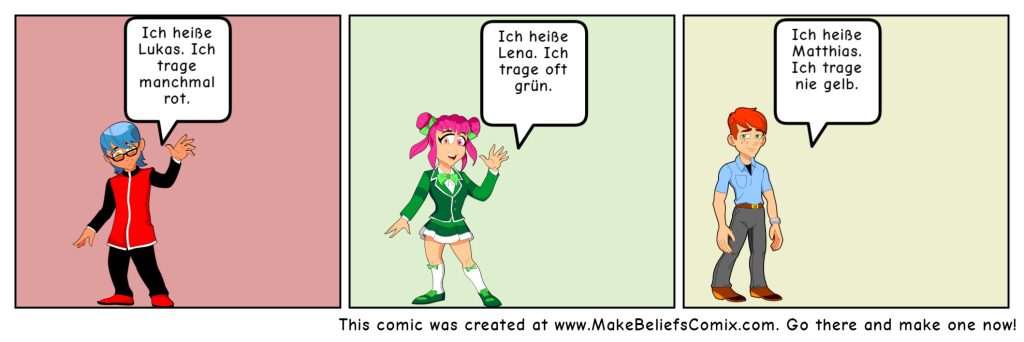
For today’s lesson it’s also important that we review Lieblingsfarben. Do you remember this word? Review with the questions below (be sure to click through to each question).
Jetzt bist du dran!
Was ist deine Lieblingsfarbe? Answer the question in your written journal. Then read the sentence aloud in your audio journal.
Lektionsüberblick
In this lesson, we will expand and conclude our conversation about clothing to talk our favorite clothing and what kinds of things we like to wear. In the end, you will be able to 1) name some of your favorite items of clothing, 2) name some clothing you like, and 3) name some clothing you do not like.
1) Meine Lieblingskleidung
By adding the term Lieblings-, you can be quite versatile with words when you want to indicate that something is your favorite. Let’s look at some examples.
| Das ist mein Lieblingspullover. |  |
| Das sind meine Lieblingsschuhe. | 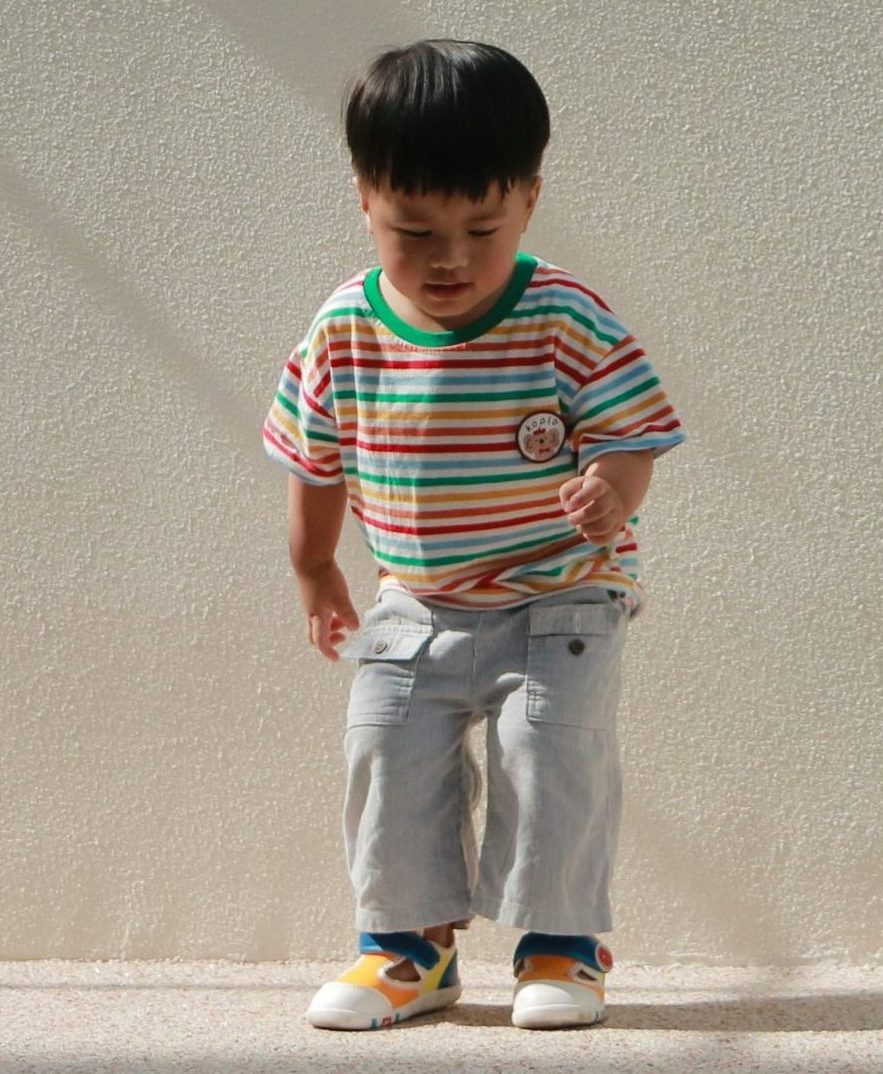 |
| Das ist mein Lieblings-T-Shirt. | 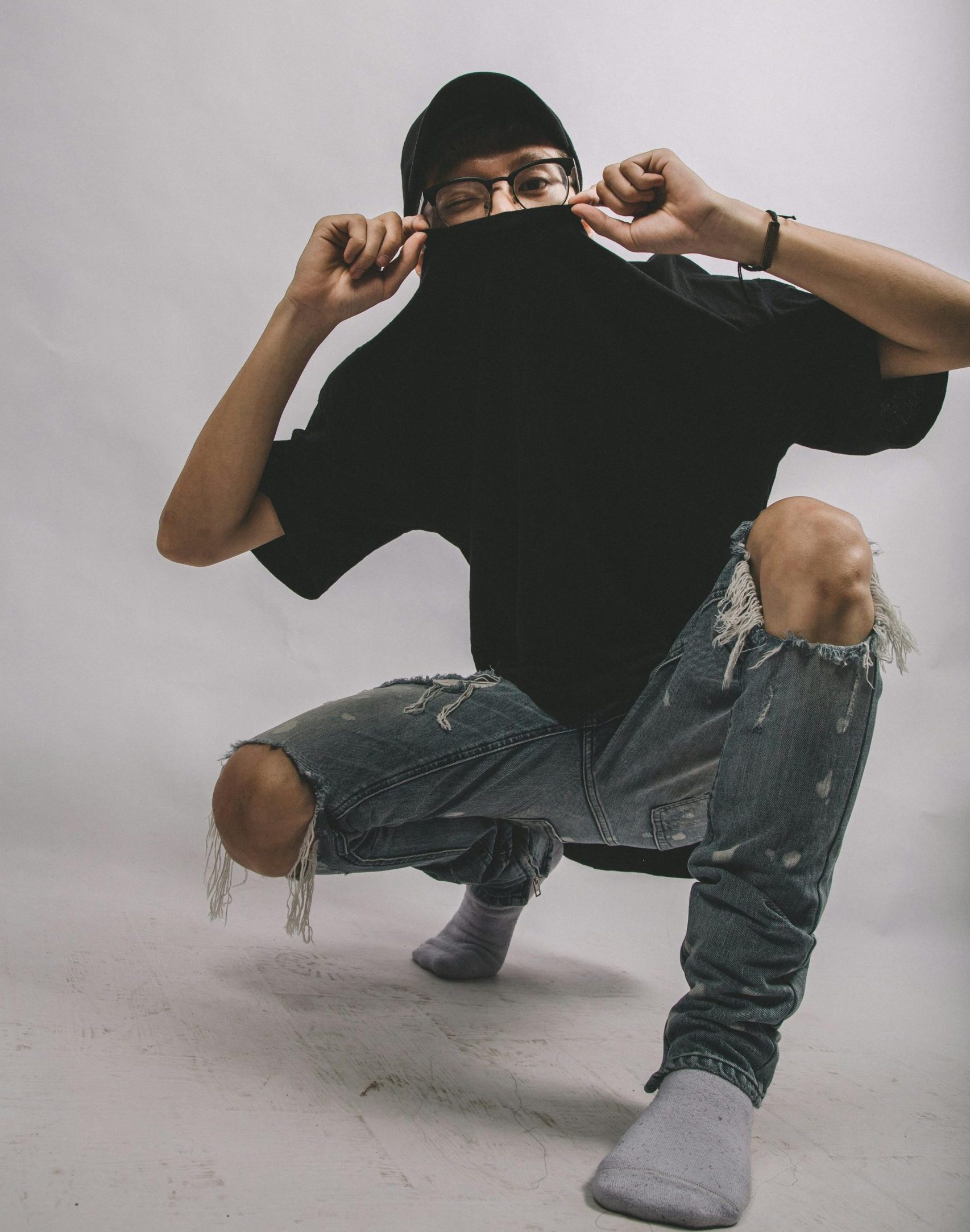 |
Jetzt bist du dran!
2) Das gefällt mir.
You might remember in Unit 1, you learned how to say, I like…in relation to the Laramie Murals. We can use this same structure for talking about Kleidungsstücke that we like (or don’t like). Look at the image and then the question and answer next to it.
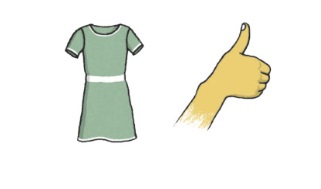 |
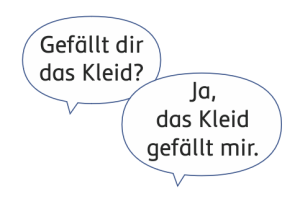 |
Let’s practice saying we like things! Remember to use this as your template:

Jetzt bist du dran!
Köln im Blickpunkt

Auf dem Dach der Neumarkt Galerie in Köln steht eine riesige Eistüten-Skulptur, die nach unten zeigt. Sie heißt „Dropped Cone“ und ist etwa 12 Meter hoch. Die Künstler Claes Oldenburg und Coosje van Bruggen haben sie im Jahr 2001 gemacht. Die Eistüte auf dem Dach sieht aus, als würde das Eis am Gebäude langtropfen und soll ein Kommentar über die “Vergänglichkeit des Konsums” machen.
A giant ice cream cone sculpture pointing downward stands on the roof of the Neumarkt Galerie in Cologne. It’s called “Dropped Cone” and is about 12 meters tall. The artists Claes Oldenburg and Coosje van Bruggen created it in 2001. The ice cream cone on the roof looks as if the ice cream is dripping down the building and is meant to make a statement about the “transience of consumption”.
3) Das gefällt mir nicht
You might remember the little word nicht from previous lessons (e.g. Ich bin nicht faul. Ich bin nicht glücklich.). If nicht negates, what do you think the following sentences mean?
Das Kleid gefällt mir nicht.
Die Jacke gefällt mir nicht.
Let’s practice.
You can watch this short video for more examples of mir gefällt/mir gefallen (nicht).
Jetzt bist du dran!
Zum Schluß
Now look at Lukas’, Lena’s, Matthias’ clothing and answer the following questions for one of them: Was gefällt dir? Was gefällt dir nicht? (Remember that to talk about plural clothing like shoes and socks you use ‘gefallen‘.)
 |
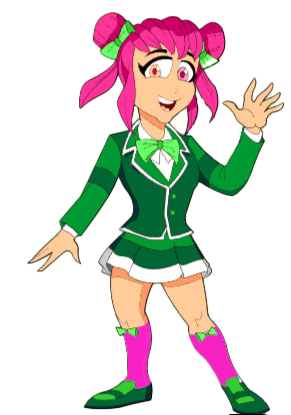 |
 |
Record yourself in your audio journal. Rerecord please, if you are not satisfied.

*As you conclude this lesson, don’t forget to check Canvas!*

Media Attributions
- 1010-1020 banner long large reduced
- 3.11 comics file-669fc90ce1c6c © This comic strip was generated at http://www.MakeBeliefsComix.com. Used by permission of author and site creator Bill Zimmerman.
- Photo of woman in red from Pixabay by young-woman-1722402_1280
- Photo of little boy by by Năm Nồng nàn: https://www.pexels.com/photo/boy-in-t-shirt-standing-near-white-wall-22840308/
- Photo of man in black T-shirt by pexels-dtanpt-1129019
- Photo of thumbs up and Kleid from Schlau, CC BY 4.0 © SchlaU is licensed under a CC BY (Attribution) license
- Photo of conversation bubbles adapted from from Schlau, Deutsch als Zweitsprache: Alphabetisierung für Jugendliche und junge Erwachsene, CC BY 4.0 © SchlaU is licensed under a CC BY (Attribution) license
- make-beliefs-comix (5) © This comic strip was generated at http://www.MakeBeliefsComix.com. Used by permission of author and site creator Bill Zimmerman.
- Photo of cone by Raimond Spekking / CC BY-SA 4.0 (via Wikimedia Commons)
- 3.12 lukas
- 3.12 lena
- 3.12 matthias
- Private: confidence scale_large horizontal_updated

